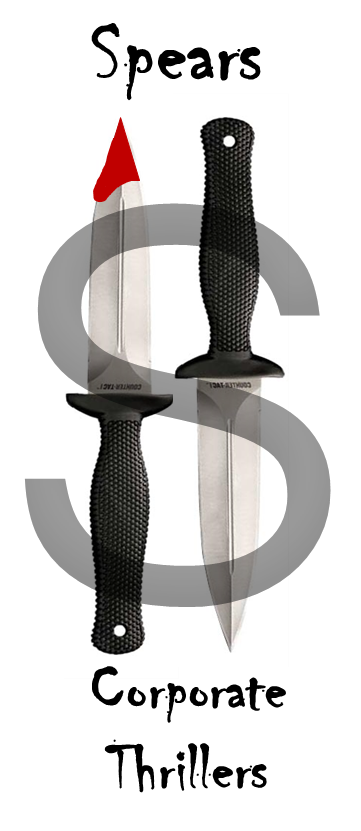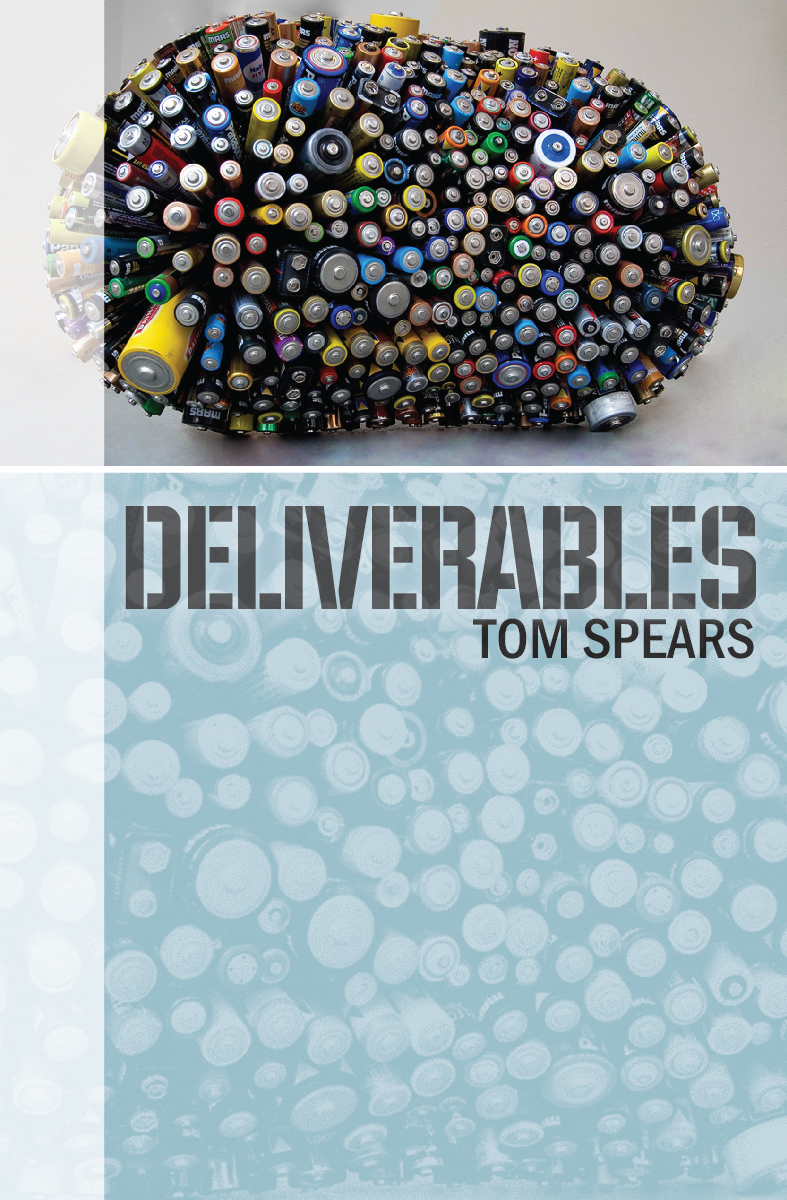Over the years, I've used a lot of methods to get customer input for new products or services. Surveys, focus groups, partnering, or just winging things without any customer input at all.
But what works the best? Or the worst? What are the trade-offs?
The "experts" insist getting maximal customer input will give you the best results. In my (not so) humble opinion, I think that is the path to mediocrity. And it still may be the best path in many cases.
The biggest businesses successes I've seen, have been development projects where the "inventor" has a game changing idea, and relied mostly on his/her own instincts and thoughts to design it. But there is an inherent bias in looking at big successes developed using this method -- you rarely hear about the failures! I'm aware of a few spectacular failures, and many many other smaller ones. I'm just guessing, but I believe a lone inventor is more likely to come up with an idea that is revolutionary, but also more likely to miss the target completely. It's a higher risk proposition, with a greater potential reward. If you're going to use this development method, your organization better have an exceptionally high tolerance for failures.
Conversely, projects where I sought multiple inputs from customers through surveys, focus groups, and the like, tend to "regress to the mean". By that phrase, I mean you tend to develop a "jack of all trades, but a master of none" -- a device or service that does a mediocre job of satisfying a broad range of needs, but doesn't excel in any particular dimension. My personal experience is the design ends up loaded with options and variations, and cost go too high. Additionally, customers are usually pretty poor at understanding radically different solutions to their current problems, and so they tend to push you back toward the familiar.
So how about partnering? That seems like it might be a good compromise -- some customer input, but still enough innovation to allow a big hit.
My personal experience is this combination results in the worst of both worlds.
There is still the home-run aspect of the lone inventor scenario, moderated only slightly by having a second voice involved in the project. But the partner organization tends to pull your development efforts toward their particular needs and idiosyncracies. If they represent the market at large, you win. In my experience, they will lead you to an ideal solution -- for them. And usually a miss for almost everyone else.
On one particularly large and expensive project I managed, we used a customer partner for the development. The customer insisted on safety, maintenance, and operating parameters for the product that added significant costs. Once we finished the development and started trying to sell it to others, we discovered the customer-partner's payback economics were significantly different than those of other organizations. And some issues other potential buyers had were not a problem for the partner, and so were ignored. The project was ultimately shelved, probably a couple of years later than it should have been, and a couple million dollars, as well.
So while customer input can reduce the risks of project failure, it can also reduce the reach and level of innovation you might otherwise achieve. As to partnering, I can't think of any time it would be an improvement over the extremes -- broad customer input or none.
If you enjoyed this blog post, consider taking a look at some of my fictional works such as Leverage, Incentivize or Deliverables, where my experiences in real world management are taken to the extreme.














